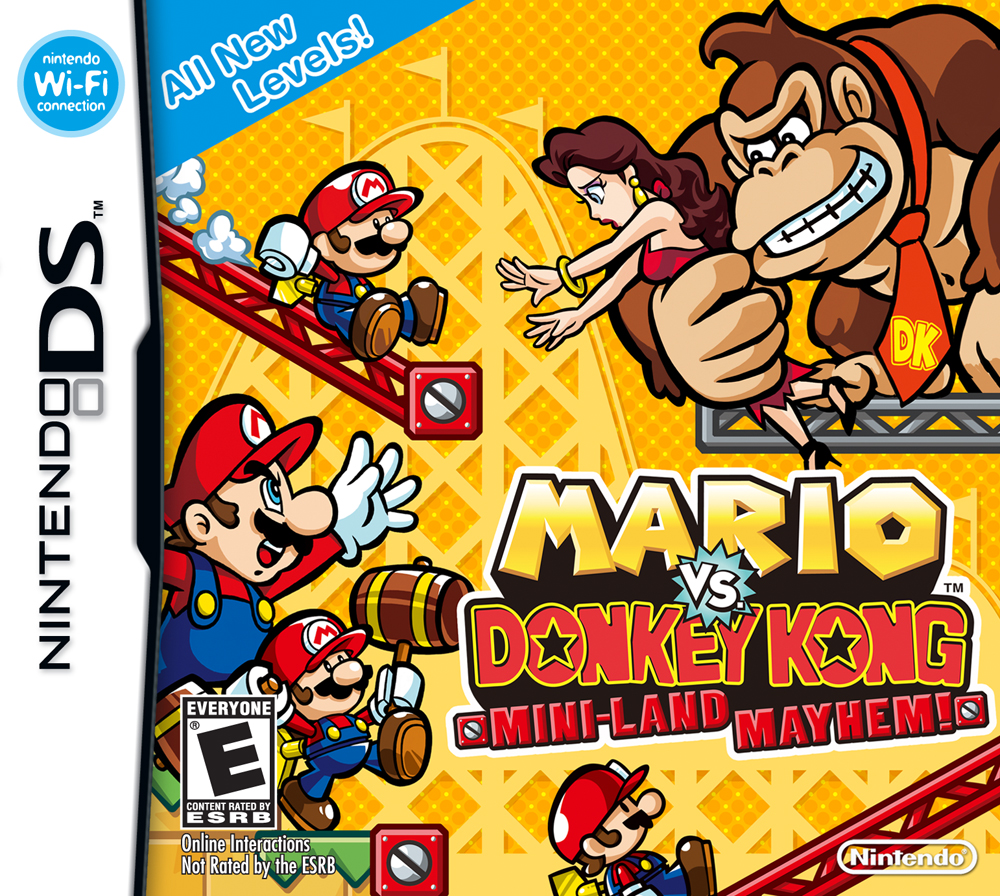Introduction:
Donkey Kong, released by Nintendo in 1981, marked the beginning of an extraordinary era in arcade gaming. This case study delves into the history of Donkey Kong, its impact on the industry, and its enduring popularity among gamers. Analyzing the game’s mechanics, characters, and legacy provides valuable insights into the evolution of gaming over the past four decades.
 I. Game Mechanics: A Simple yet Challenging Experience
I. Game Mechanics: A Simple yet Challenging Experience
Donkey Kong introduced a set of groundbreaking mechanics that set it apart from its contemporaries. Mario, the protagonist, faced a series of platform challenges in his quest to save his girlfriend, Pauline, from Donkey Kong’s clutches. Players controlled Mario’s jumps and movements, evading obstacles and enemies while striving to reach the top of each level. This combination of platform action and puzzle-solving elements resonated with players across the globe.
II. Characters: Introducing Iconic Video Game Personalities
Donkey Kong marked the beginning of two of gaming’s most beloved characters. Mario, initially named “Jumpman,” began his on-screen adventures, setting the foundation for his future appearances in numerous titles. Donkey Kong himself emerged as a complex character, often misunderstood as a villain, despite exhibiting nuanced emotions and motivations. These early character developments have shaped the narrative and growth of video gaming for decades to come.
III. Impact and Legacy: Influencing Generations of Gamers
Donkey Kong’s success altered the gaming landscape forever. By design, it offered a challenging yet addictive experience, encouraging players to improve their skills over time. It inspired a wave of imitators and numerous sequels, such as Donkey Kong Jr., Donkey Kong 3, and various spin-offs. The game’s success also provided Nintendo the confidence and financial stability to push forward with more innovative ideas, ultimately leading to the creation of groundbreaking consoles like the Nintendo Entertainment System (NES).
IV. Donkey Kong in Modern Gaming:
Despite its age, Donkey Kong remains an influential and relevant franchise. The introduction of the character Donkey Kong Jr. in the original arcade sequel laid the groundwork for the Donkey Kong Country series on the Super Nintendo Entertainment System (SNES). With vibrant graphics, unforgettable music, and unique gameplay mechanics, Donkey Kong Country captivated a new generation of gamers and expanded the franchise’s lore.
Nintendo’s continual reinvention of Donkey Kong has included more recent additions such as Donkey Konga (a rhythm-based game) and the wildly successful Donkey Kong Country Returns and its sequel, Tropical Freeze. These games embraced advanced graphics, innovative controller usage, and updated gameplay mechanics while maintaining the spirit of the original game.
Conclusion:
Donkey Kong’s impact on the gaming industry cannot be overstated. From its innovative mechanics and iconic characters to its enduring legacy, Donkey Kong laid the foundation for future gaming success stories. Its influence continues to reverberate across multiple platforms, captivating gamers of all ages and reminding us that even the simplest concepts can transform into global phenomena. As we celebrate the franchise’s 40th anniversary, the saga of Donkey Kong reminds us that true gaming classics stand the test of time.